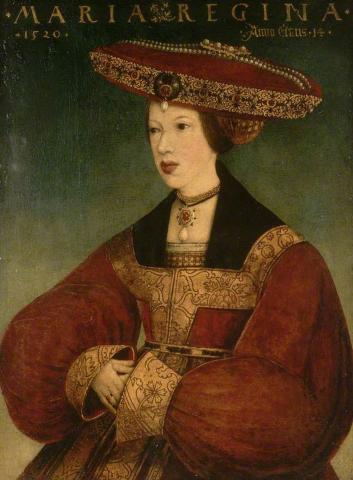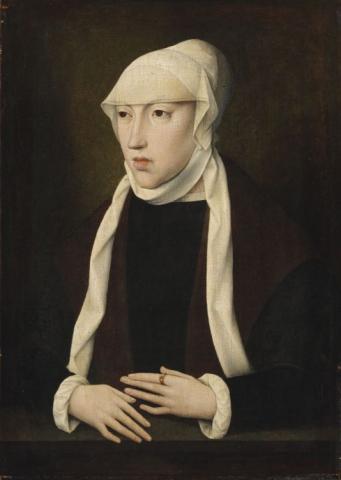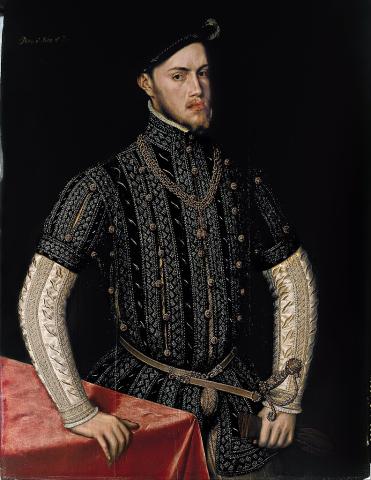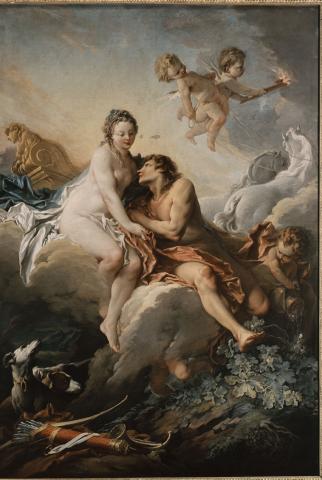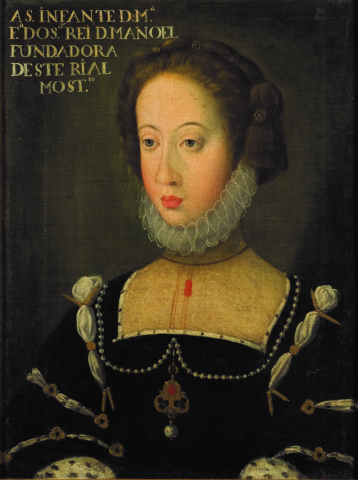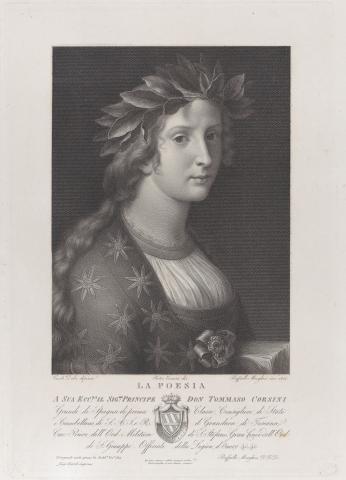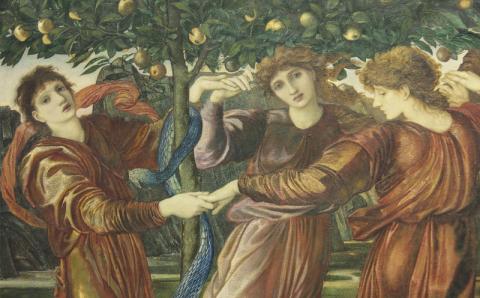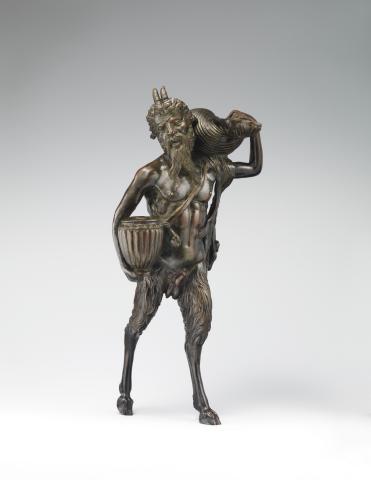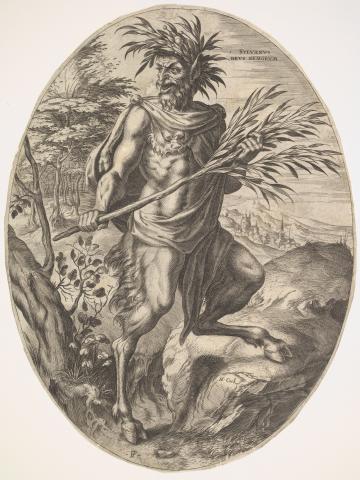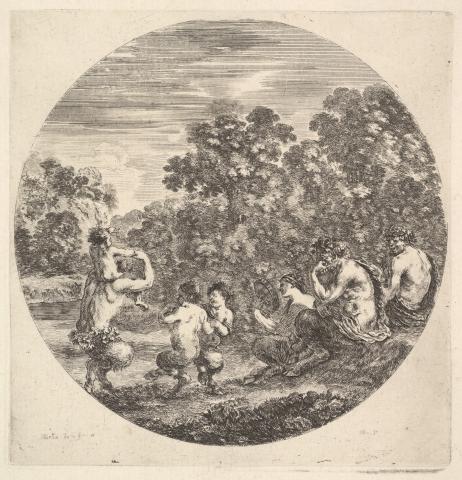Title: Poetry, a woman with a laurel crown
Artist: Raphael Morghen (Italian, Naples 1758–1833 Florence)
Artist: Intermediary draftsman Pietro Ermini (Italian, Arezzo 1774–1850 Arezzo)
Artist: After Carlo Dolci (Italian, Florence 1616–1687 Florence)
Printer: Luigi Bardi (Italian, active Florence, 1814–43)
Date: 1827
Medium: Engraving; fourth state of five
Dimensions: Plate: 12 11/16 × 8 15/16 in. (32.3 × 22.7 cm)
Sheet: 21 11/16 × 15 5/16 in. (55.1 × 38.9 cm)
Classification: Prints
Credit Line: Gift of Harry Shaw Newman, 1941
Accession Number: 41.97.81

